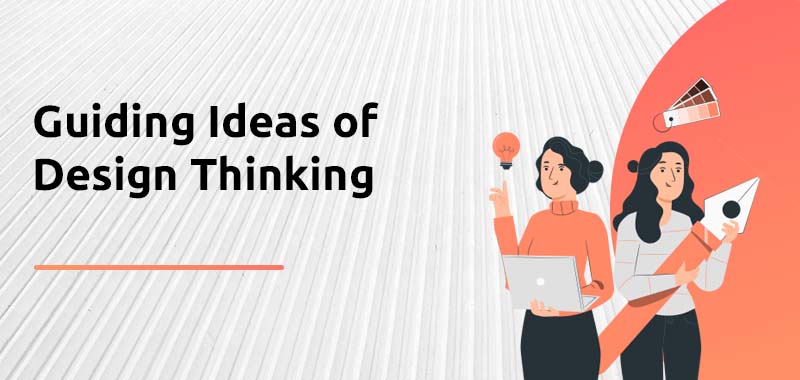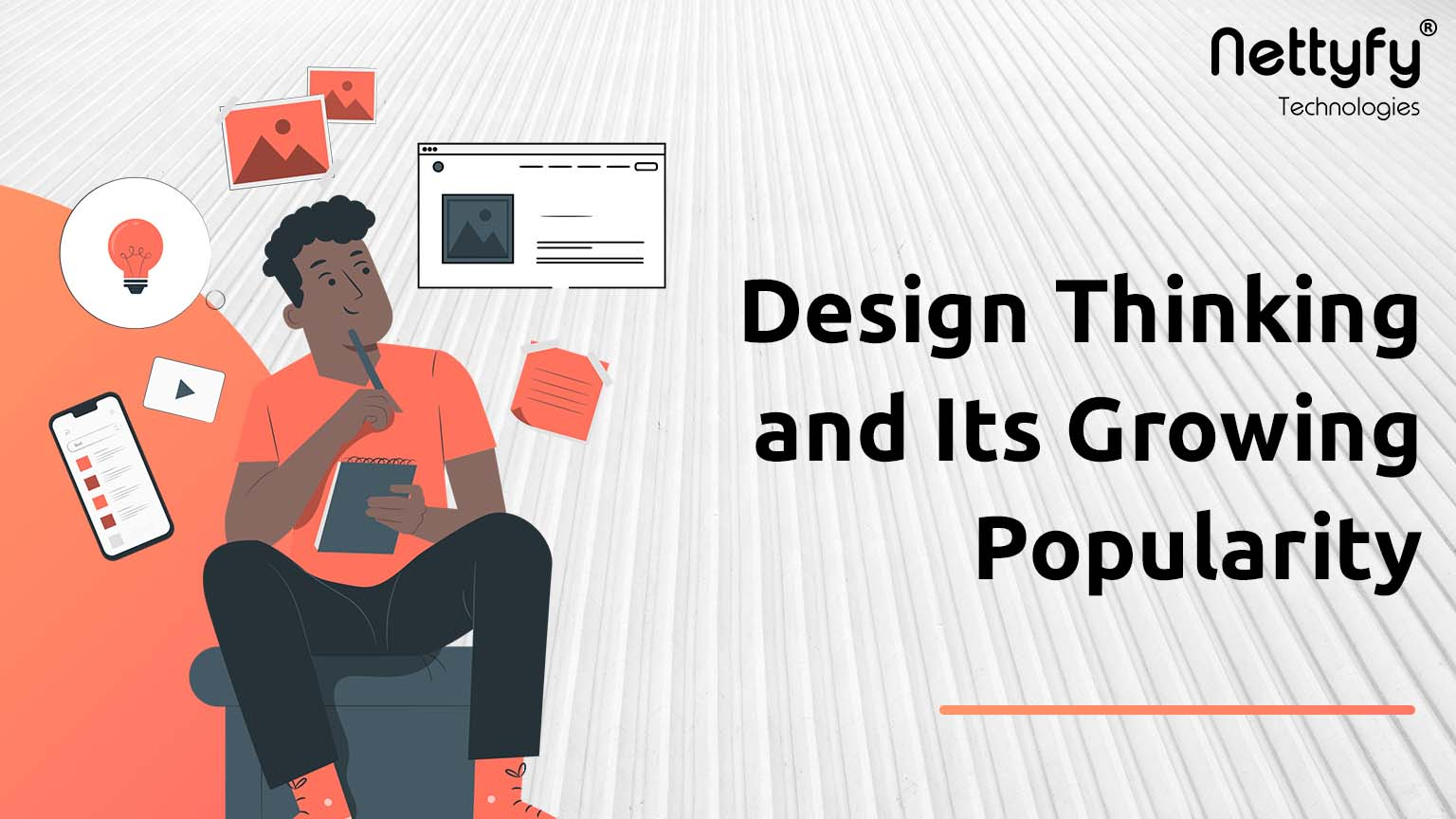A strategy for practical and imaginative problem-solving is design thinking. Although its roots are in design, it developed from a spread of disciplines, including business, engineering, and architecture. Design thinking isn’t only applicable to the look industry; it is often employed in any industry.
In design thinking, the user comes first which promotes the most effective User Experience. It puts people first and foremost, attempting to understand their needs and develop practical responses to handle them. It’s what people seek advice from as a problem-solving strategy that’s solution-based. The planning Thinking method is iterative and incredibly user-focused. But, before moving on to the tactic, it’s important to think about the subsequent four principles which are essential for the successful functions of the methods:
• The human rule states that each design work, irrespective of context, is social and any social innovation will return the people through their point of view.
• The ambiguity rule states that ambiguity cannot be eliminated or oversimplified since it’s unavoidable. To be able to perceive things differently, one must experiment with the sting of their knowledge and skill.
• All designs may be redesigned, per this rule. While societal conditions and technology may alter and advance, fundamental human needs never change. UI/UX Design Company simply just changes how these demands are met or goals are accomplished.
• The tangibility rule states that concepts are often more successfully communicated by designers after they are made into prototypes.
The Design Thinking approach may be diminished into five sections or phases supported by these four guiding ideas provided by Nettyfy Technologies:
Guiding Ideas of Design Thinking:

• Empathize: The crucial foundation for design thinking is empathy. Understanding the user’s needs wants, and goals take up the bulk of the primary step of the method. This entails taking notes and interacting with others to understand their psychological and emotional states. The UI/UX Expert tries to place their preconceptions aside and learn the reality about the user during this stage.
• Define: Defining the challenge is the focus of the second stage of the planning Thinking process. This compiles all of the observations from the empathize stage and begins to form a sense of them. One will have an explicit problem definition after the define phase. The important thing here is to border the problem in a user-centered manner.
• Ideate: It is time to begin considering potential solutions with a transparent problem statement and an intensive grasp of their audience. The ideation stage of the look-thinking process is significant to stress since it’s a judgment-free zone. This can be where innovation occurs. Ideation workshops are going to be held by designers to get as many fresh perspectives and ideas as they will. Designers can utilize a spread of ideation techniques, from mind mapping to provocation, an extreme lateral-thinking strategy that encourages the designer to question preconceived notions and consider fresh possibilities.
• Prototype: Experimentation and translating concepts into concrete objects are the most focuses of the fourth step within the Design Thinking process. A prototype is a simplified version of the merchandise that comes with the potential fixes found within the earlier stages. This step is crucial for testing each solution and identifying any limitations and problems. The proposed solutions are also approved, enhanced, altered, or discarded during the prototype stage betting on the performance of those solutions in prototype form.
• Test: User testing follows prototyping, but it’s crucial to recollect that this rarely marks the conclusion of the planning Thinking process. In practice, the findings from the testing phase will frequently force one to revisit a previous step and provides one with a new perspective they have to rephrase the initial problem statement or generate fresh ideas they hadn’t considered previously.
Read About: The Importance of UI/UX Design
By incorporating design thinking of UI/UX Design into the corporate processes, it can make sure that the products aren’t only appealing to customers but also financially and resource-viable for the organization. The explanations behind the recognition of design thinking everywhere around the globe are as follows:
The explanations behind the recognition of design thinking:

• Dramatically shortens time to market: Design Thinking can drastically minimize the number of your time spent on design and development since it emphasizes problem-solving and development with workable solutions, especially when combined with lean and agile.
• Cost reductions and an amazing ROI: Faster successful product launches ultimately end in financial savings for the corporate. It’s been demonstrated that style Thinking provides an oversized return on investment.
• Increases client loyalty and retention: The user-centric approach that style Thinking ensures eventually increases user engagement and customer retention over time.
• Encourages innovation: Design Thinking encourages all stakeholders to think creatively by questioning presumptions and standard wisdom. As a result, an innovative culture that goes well beyond the look team is fostered.
• Widespread use inside the company: Design Thinking is astounding since it’s not only for designers. It promotes cross-team cooperation and vehemently utilizes group thinking.
Design Thinking will assist one in innovating, specializing in the user, and eventually creating solutions that address genuine user problems, whether the clients try to enhance their user-centric design methodology or just try to develop a culture of design thinking across their entire organization. Sometimes, when businesses face problems within the application of the identical, they will Contact us to resolve their issues.
